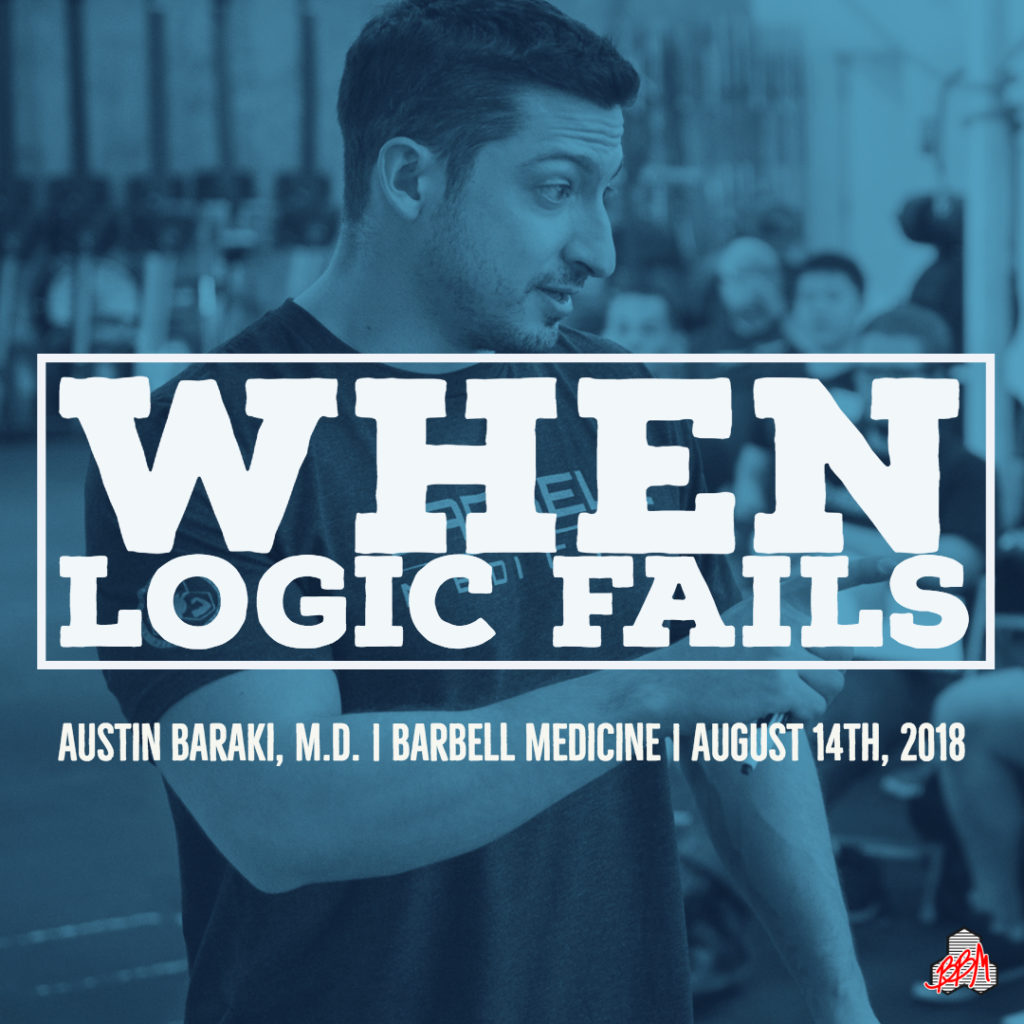
Recovering From an Injury: Embrace the Process


It is important to note that the assumptions discussed in the last article are not arbitrary to the biomedical model, but legitimized through common sense in the context of a given research topic (32). A common-sense approach to nutrition, therefore, is one which can legitimize a modified approach to scientific inquiry into diet-disease relationships. Although […]

In the second part of this article series we discussed the utility, limitations, and misconceptions related to the prospective cohort design for nutrition science. As discussed in part I, the reductionist biomedical model and its gold standard randomized controlled trial (RCT) is ill-equipped for studying complex dietary patterns in a way that can effectively inform […]

In the first article in this series we discussed the history of nutrition science and traced its evolution alongside the biomedical model. We also introduced the discussion of nutritional epidemiology in comparison to the “gold standard” biomedical trial design: the randomized controlled trial. In this second article, we’ll discuss the utility, limitations, and misunderstandings about […]

To anyone versed in biomedicine, the so-called “hierarchy of evidence” is well-established and unquestioned. The randomized ,double-blind, placebo-controlled trial (RCT) is considered the gold standard trial design, because it offers the ability to randomly allocate a treatment, minimize potential sources of bias, and compare the exposure or intervention of interest to a placebo. There is absolutely […]

This article was originally published in September of 2014 as the first of four blog posts addressing The Principle of Specificity. Since then, the coaches at Barbell Medicine have learned a great deal more about the topic and felt that these posts deserved an update and expansion. We’ll be releasing the updated articles and corresponding YouTube videos […]

Take home points: I wrote an article titled Aches & Pains wherein I contrasted the traditional biomedical approach to pain with the modern biopsychosocial approach, which accounts for the complex interactions between biological, psychological, and social factors in the human pain experience. I discussed examples of how these issues influence the practice of clinicians including […]

I will spare you my lengthy back pain origin story and set the scene in 3 bullet points: It’s not a fun trip; I don’t suggest it. But if you’re already on it, hopefully learning from my experience can help to make yours a more pleasant one. Who knows, you might even be able to […]
If you’re reading this, please raise your hand if you’ve heard the phrase “Americans eat too much salt” or, alternatively, that we should “cut back our salt intake”? Show of hands? Ah, yes- seems like everyone has heard that or even possibly said that perhaps. However, what does the evidence say about salt intake and […]

Week number 2 is here and guess what….more dumbbells! Great! Let’s get into it: The Workout: Duration: 12 minutes Like last week, this has quite a big aerobic piece to it given the length of the workout and the different movements may allow those with a big engine to keep moving, provided their grip […]